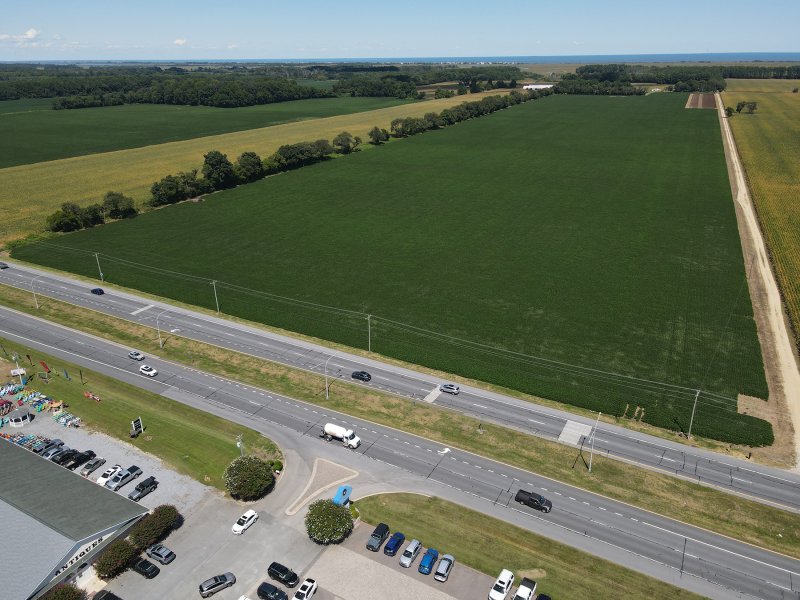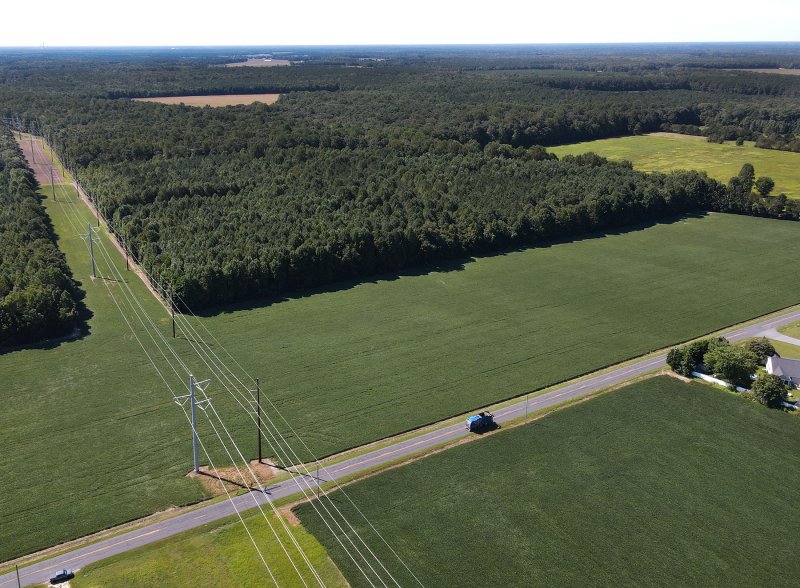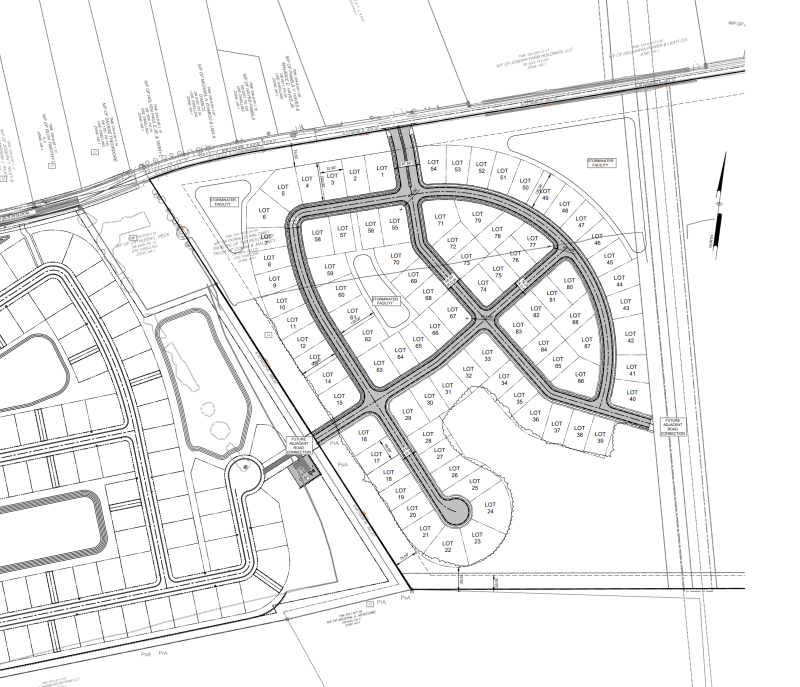State agencies raise flooding concerns for development
State agencies raised concerns about a proposed 396-house cluster subdivision on Route 1 near Cave Neck Road because part of the site may be susceptible to flooding.
Plans for the 355.5-acre Robinson farm project were among several projects reviewed during a Sept. 3 meeting of the state’s Preliminary Land Use Service.
The site is directly across Route 1 from Heritage Antiques Market near the Red Mill Inn north of Lewes. The site extends from Route 1 to the Great Marsh. It is immediately southeast of the proposed Seaside development, a plan that received preliminary approval in January for 359 single-family home lots on 241 acres.
In presenting the plan, engineer W. Zachary Crouch, who is representing the landowners, said 214 acres, or 66% of the property, would be open space.
Lands on the east side of the property along the Great Marsh will be preserved through a conservation easement or a wildlife preserve area, he said.
State officials noted that some building lots are located in a flood zone and are at risk of flooding, which is expected to worsen with projected future sea-level rise.
“DNREC reviewers have identified some potential public health and safety hazards that we would like to outline,” said Beth Krumrine, a principal planner for the Delaware Department of Natural Resources and Environmental Control. “The preliminary plan shows 181 lots and internal roadways occurring directly within the 100-year flood plain, either entirely or partially, and this represents 46% of the proposed residences.”
“These lots are proposed in significantly low-lying areas, according to LiDAR data,” she added. “Within the flood plain, 133 lots and internal roadways are also vulnerable to permanent inundation from sea-level rise, representing 34% of the proposed residences.”
Sea-level is expected to extend the flood plain, affecting more of the houses in the future, Krumrine said.
She said Kent and New Castle counties and several municipalities do not allow construction in a 100-year flood plain, and DNREC strongly opposed the Robinson farm project as it stands.
“The site design poses great concern due to the current risk of flooding, wave action, coastal storms and hurricanes as well as increased flooding due to sea-level rise,” Krumrine said. “Building in this manner is considered unsafe for residents due to the future vulnerability of this particular location.”
“We do second and support DNREC’s position, so we do agree with exactly what they said,” added Phillip Cane, a state hazard mitigation officer with the Delaware Emergency Management Agency.
Cane said about half of the site is in a 100-year-flood zone, not taking into account potential sea-level rise.
“DEMA does not recommend or encourage the construction of any kind of residential home either within or in close proximity to a flood zone, especially a 100-year flood zone, as water knows no bounds,” he said.
Cane recommended homebuyers be warned of the risk through pamphlets and posted signs. He also encouraged the developer to use mitigation strategies, such as elevating homes and their mechanical systems above the flood plain, and installation of larger drainage systems to accommodate greater flows of water.
Alison White, a Lewes resident who lives near the site, expressed her concerns during a public comment session after state agencies completed their reviews.
“It’s unrealistic to say building 400 houses abutting the Great Marsh will not affect those tidal wetlands,” said White, an environmental activist.
She also had concerns about how the project would affect wildlife and stormwater flows.
The Robinson farm property is zoned AR-1, agricultural-residential, and is located in State Strategies Level 4. Portions of the property are considered out of play, meaning they cannot be built upon.
There are 92.7 acres of tidal wetlands and 59.9 acres of nontidal wetlands on the property. The applicant does not intend to directly impact the wetlands areas and does not anticipate needing a wetlands permit. The wetlands have been delineated, but have not been signed off on by the U.S. Army Corps of Engineers.
Wollaston-Baxter-Shinn Subdivision
Krumrine said she was concerned about the loss of forest land in the proposed Wollaston-Baxter-Shinn subdivision between Milton and Georgetown.
She also encouraged the developer to limit the clearing of forest land on the site and noted a permit may be needed because of the possible presence of the federally protected tri-color bat on the site.
The developer proposes to build 155 single-family home lots on 78 acres between Gravel Hill Road and Bennum Switch Road. The property is zoned AR-1, agricultural-residential, and is located in State Strategies Level 4.
Maloney Farm project
White said she was concerned about the narrow roads near the Maloney Farm development site, especially in light of four large housing developments planned in the area that are projected to generate tens of thousands of vehicle trips daily.
“This is a narrow road running through farmland,” she said.
Taryn Davidson, an urban and community forestry program coordinator for the Delaware Department of Agriculture, discouraged clearing forest land in the project.
The Maloney Farm project includes 88 single-family homes on 44.37 acres off Martins Farm Road about a mile east of Route 5 near Harbeson.
The property is zoned AR-1, agricultural-residential, and is located in State Strategies Level 4. The proposed community sits immediately east of the proposed Peck Farm subdivision, which received preliminary approval from the Sussex County Planning & Zoning Commission in January 2024.
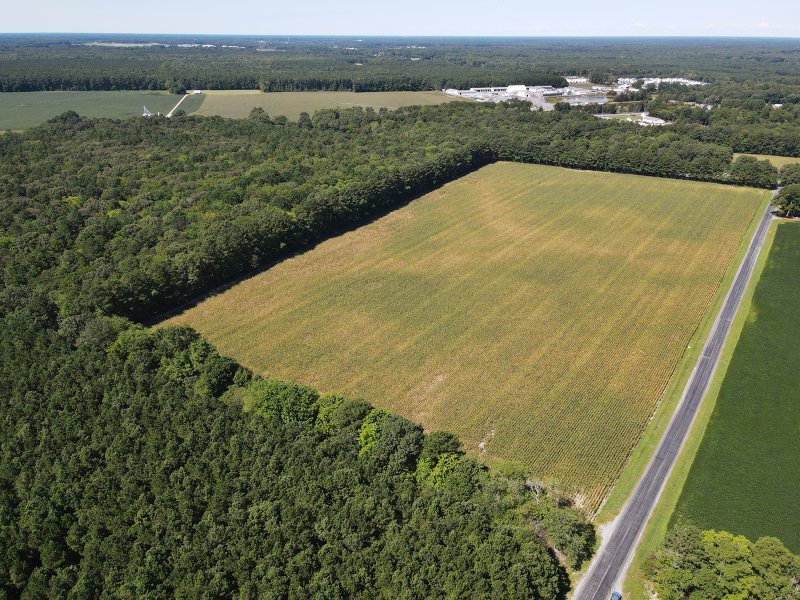
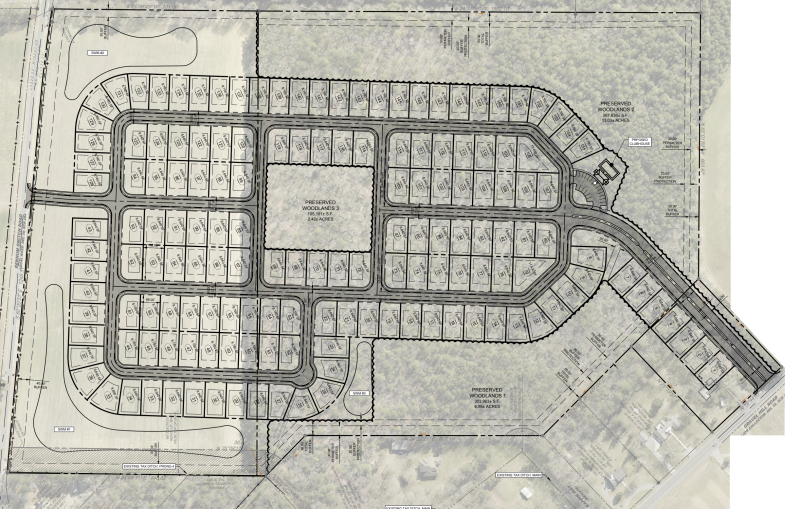
Kevin Conlon came to the Cape Gazette with nearly 40 years of newspaper experience since graduating from St. Bonaventure University in New York with a bachelor's degree in mass communication. He reports on Sussex County government and other assignments as needed.
His career spans working as a reporter and editor at daily newspapers in upstate New York, including The Daily Gazette in Schenectady. He comes to the Cape Gazette from the Cortland Standard, where he was an editor for more than 25 years, and in recent years also contributed as a columnist and opinion page writer. He and his staff won regional and state writing awards.
Conlon was relocating to Lewes when he came across an advertisement for a reporter job at the Cape Gazette, and the decision to pursue it paid off. His new position gives him an opportunity to stay in a career that he loves, covering local news for an independently owned newspaper.
Conlon is the father of seven children and grandfather to two young boys. In his spare time, he trains for and competes in triathlons and other races. Now settling into the Cape Region, he is searching out hilly trails and roads with wide shoulders. He is a fan of St. Bonaventure sports, especially rugby and basketball, as well as following the Mets, Steelers and Celtics.











